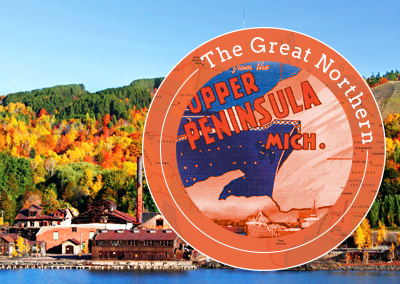Mission San Xavier del Bac and Titan Missile Museum
Mission San Xavier del Bac
Among the most strikingly memorable of all the Spanish colonial missions in the Southwest, Mission San Xavier del Bac (520/294-2624, daily, donation) was built more than 200 years ago and still serves the native Tohono O’odham (a.k.a. Papago) people. Known as the “White Dove of the Desert” because of the gleaming white plaster that covers its adobe walls, balustrades, and twin bell towers—one of which is domed, the other not—this landmark edifice was designed and built by Spanish missionaries beginning in 1783.
Rising up from the flat desert plain, San Xavier presents an impressive silhouette, but what’s most unforgettable is the Mexican folk-baroque interior, covered in intensely wrought sculptures and paintings of saints and religious imagery. Currently under restoration, these paintings and figurines are among the country’s finest examples of folk art, using painted mud to simulate marble, tiles, and crystal chandeliers.
The mission is well signed and easy to reach, just 14 miles south of downtown Tucson off I-19 exit 92, then a half mile west. Across the plaza from the church is a small Tohono-owned and operated complex of craft galleries, plus a good taco stand.
Titan Missile Museum
Just 16 mi (26 km) south of San Xavier, you can travel from the colonial 1700s to the Cold War 1960s by stopping at the Titan Missile Museum, the only Intercontinental Ballistic Missile (ICBM) silo preserved intact and open to the public anywhere in the world. On the north side of the sprawling stucco retirement community of Green Valley (pop. 23,765), just west from I-19 off exit 69 on Duval Mine Road, the silo was in active use from 1963 until 1982, was declared a National Historic Landmark in 1994, and is now open for tours (520/625-7736, daily, $13.50). The tours—the only way to visit—take around an hour, involve donning a hard hat and descending stairs into the control room of the hardened silo, which still contains a 103-foot-tall Titan missile (sans warhead!). If you like these sorts of things, a longer, much more in-depth tour (around $100) lets you climb all the way down into the silo.
Related Travel Guides
Travel Map of the Border to Border Route Through Arizona
















